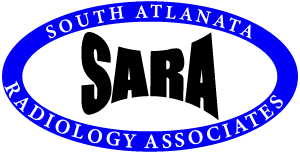CT

A computed tomography (CT) scan uses X-rays and a sophisticated computer to view specific details of the body’s anatomy. However, unlike traditional X-ray where the radiation beam comes from a stationary source, a CT scan is created by rotation of the X-ray beam in a circle around the patient to obtain a cross-sectional image.
Additionally, multidetector spiral CT scans allow high-definition, 3-D imaging to permit greater visualization of blood vessels and internal tissues, such as those inside the chest cavity.
The major benefit of CT is its ability to show internal anatomy in cross-sections commonly referred to as slices. The most common analogy used to describe the cross-sectional view is that of a slice out of a loaf of bread. In CT scanning the slices are very, very thin millimeter sections capable of revealing tiny abnormalities.
Prep Instructions
For CT, if the exam is ordered without contrast, there is no prep. If the exam is ordered with contrast, there will be a 2-hour fast, except for abdominal and pelvic exams which have a 4-hour fast prior. Small amount of water is OK. For abdominal and pelvic exams, most patients will require an oral contrast prior to the exam. Please check with scheduling to see if it will be necessary.
There are two options for the oral contrast. First option is to pick up the contrast from our office and drink half the night before, and the other half one hour prior to the exam; if you choose this option the patient cannot eat or drink anything after beginning the contrast. The second option is to show up an hour before the exam to drink the contrast in the office.
